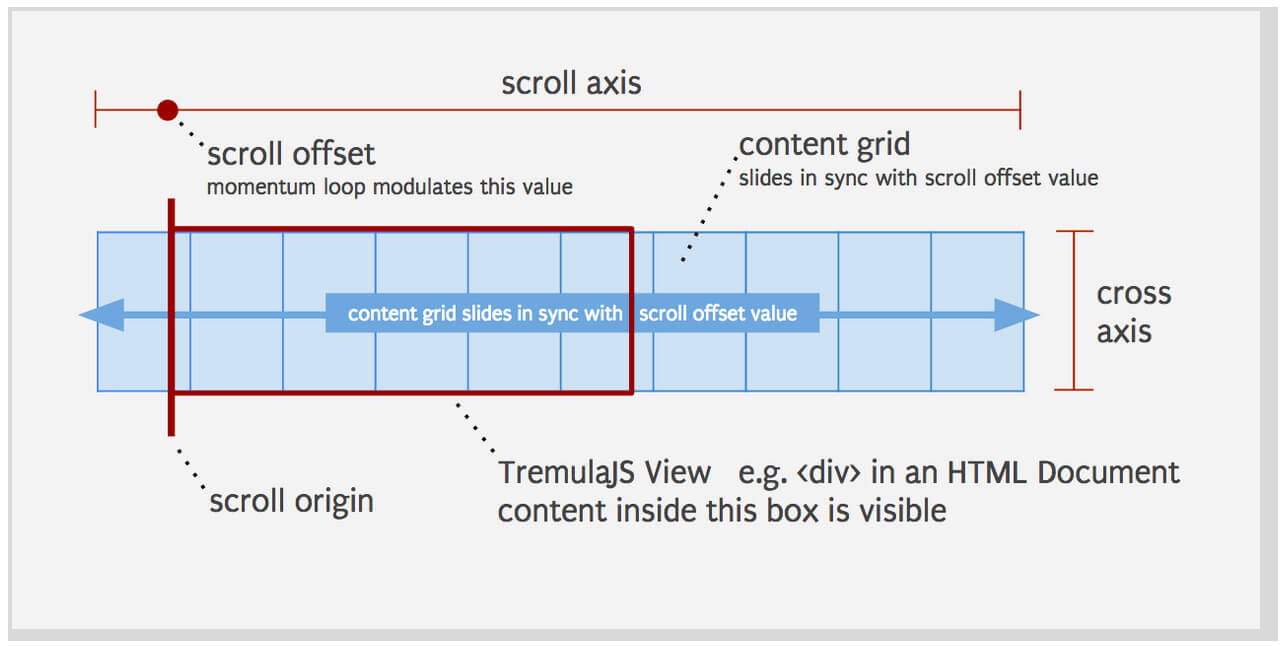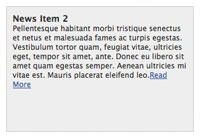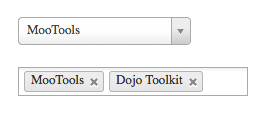CSS ::file-selector-button
We all love beautifully styled form controls but, due to the differences between operating system displays, styling them can be painful. Due to that pain, we've created scores of libraries to mock these controls. Unfortunately that sometimes comes at the cost of accessibility, performance, etc.
One control that has traditionally been tough to style is the input[type=file] element. Said input variation visually contains a button and text, all being clickable. Bit of a Frankenstein's monster if you ask me. Can we style the button part though? We can!
To style the button button portion of input[type=file], you can use ::file-selector-button:
input[type=file]::file-selector-button {
border: 1px solid green;
background: lightgreen;
}
Styling this input variant wasn't possible when it was first introduced. WebKit first started allowing styling complex form controls, and we can't thank them enough!
![Create a CSS Flipping Animation]()
CSS animations are a lot of fun; the beauty of them is that through many simple properties, you can create anything from an elegant fade in to a WTF-Pixar-would-be-proud effect. One CSS effect somewhere in between is the CSS flip effect, whereby there's...
![Responsive and Infinitely Scalable JS Animations]()
Back in late 2012 it was not easy to find open source projects using requestAnimationFrame() - this is the hook that allows Javascript code to synchronize with a web browser's native paint loop. Animations using this method can run at 60 fps and deliver fantastic...
![Create a Simple News Scroller Using Dojo]()
My journey into Dojo JavaScript has been exciting and I'm continuing to learn more as I port MooTools scripts to Dojo. My latest experiment is porting a simple new scroller from MooTools to Dojo. The code is very similar!
The HTML
The news items...
![jQuery Chosen Plugin]()
Without a doubt, my least favorite form element is the SELECT element. The element is almost unstylable, looks different across platforms, has had inconsistent value access, and disaster that is the result of multiple=true is, well, a disaster. Needless to say, whenever a developer goes...




